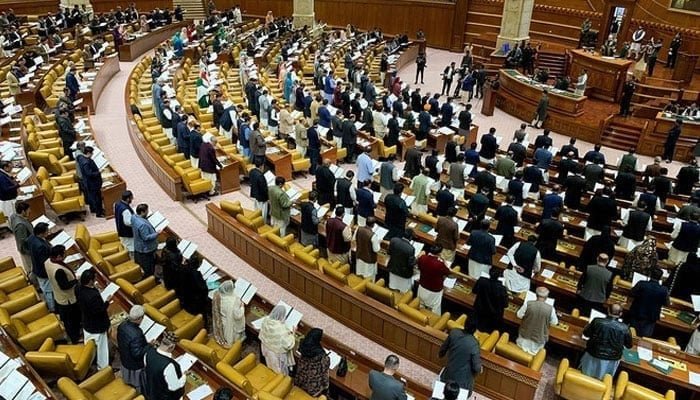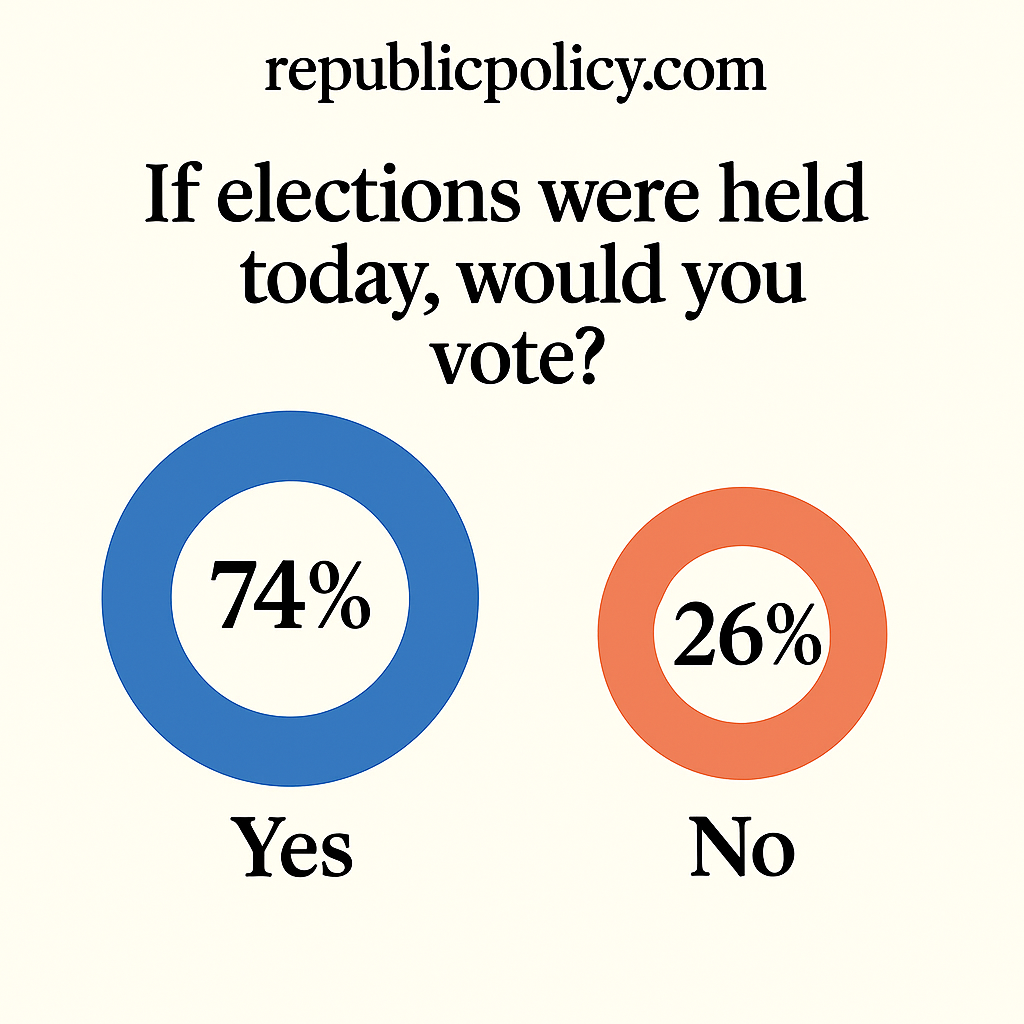Ajmal Liaqat
A surge of somber statistics has cast a dark shadow over the United States, with the release of new government data marking a somber record. In a grim twist of fate, approximately 49,500 individuals chose to end their own lives within the span of a year, a staggering figure that has never before reached such heights. The Centers for Disease Control and Prevention (CDC), the bearer of these disheartening numbers, is yet to formulate a definitive suicide rate for the year. Nonetheless, the available data paints an alarming picture: suicides seem to be more prevalent across the U.S. landscape than at any point since the dawn of World War II.
In the face of this distressing revelation, voices of concern and bewilderment rise in chorus. Christina Wilbur, a resolute 45-year-old resident of Florida, stands as a poignant embodiment of the anguish that countless families endure. Her own son, tragically, succumbed to self-inflicted harm last year. In her words, “My son should not have died… we have to be able to do something. Something that we’re not doing. Because whatever we’re doing right now is not helping.”
Delving into the intricate tapestry of suicide, experts are quick to emphasize the intricate web of factors that contribute to this disheartening trend. The landscape of suicide is complex, marked by myriad variables, including heightened rates of depression and a lamentable scarcity of mental health services. Yet, a prevailing factor stands out in the dimly lit backdrop – the increasing accessibility of firearms. Jill Harkavy-Friedman, a beacon of insight as the Senior Vice President of Research at the American Foundation for Suicide Prevention, underscores the crucial role of this factor. It’s a grim reality that suicide attempts involving guns disproportionately culminate in fatal outcomes, with gun sales surging, placing these lethal tools within closer reach in an increasing number of households.
A recent in-depth analysis conducted by Johns Hopkins University, drawing from preliminary data of the year 2022, paints a portrait of a nation grappling with a soaring gun suicide rate that reached unprecedented heights. Within this grim narrative, a jarring subplot unfolds – for the first time, the gun suicide rate among Black teenagers has surpassed that of their white counterparts, an alarming revelation that adds a disheartening layer of complexity to an already multifaceted issue.
The haunting specter of these statistics has shone a spotlight on the deeper societal challenges that underlie this disheartening trend. Depression and mental health concerns cast a long shadow, often silently afflicting individuals in desperate need of support. Yet, the availability of mental health services remains a battle that has yet to be fully won, contributing to the rising tide of self-inflicted harm.
The confluence of these disquieting elements finds a point of intersection in the surge of gun sales across the nation. The undeniable correlation between firearm availability and suicide rates has painted a stark canvas of urgency. As firearms find their way into more homes, the risk of fatal outcomes in moments of despair becomes an ever-present specter, leaving families and communities grappling with devastating losses.
In the face of these sobering statistics, the narrative shifts towards introspection and action. The urgency to address mental health needs with empathy and accessibility cannot be overstated. Simultaneously, the pressing need for stricter gun control measures takes center stage, beckoning policymakers to take proactive steps that might stem the tide of tragedy. As communities unite to address this escalating crisis, the importance of awareness, empathy, and resolute action stands as a beacon of hope against the bleak backdrop of rising suicide rates.
Addressing the pressing concern of suicide, particularly in relation to firearms, is a challenge that cannot be overlooked, according to experts. Jill Harkavy-Friedman, Senior Vice President of Research at the American Foundation for Suicide Prevention, emphasizes the intricate connection between suicide and access to firearms. The recent government data, unveiled by the Centers for Disease Control and Prevention (CDC), sheds light on a distressing reality: the US witnessed a staggering 49,500 suicides last year, marking an unprecedented and alarming high.

Check out our monthly English and Urdu magazines on Homepage
The trajectory of suicide rates in the US has been far from steady. From the early 2000s until 2018, the figures demonstrated an upward march. The pinnacle was reached in 2018, reminiscent of data from 1941, with around 48,300 reported suicide deaths, translating to 14.2 deaths for every 100,000 Americans. The subsequent years offered a glimmer of hope, as the rate experienced a slight dip in 2019. The downward trend continued into 2020, even as the world grappled with the challenges posed by the COVID-19 pandemic. During times of crises like wars or natural disasters, communities often unite, fostering a sense of solidarity. This collective spirit appeared to have contributed to the decline.
However, the year 2021 brought a concerning reversal, witnessing a 4% surge in suicides. The recently disclosed data for the past year adds a somber layer to this narrative. A shocking increase of over 1,000 cases, resulting in a total of 49,449 suicides, translates to a distressing 3% spike compared to the preceding year. This provisional data, extracted from US death certificates, is deemed comprehensive, yet it may undergo minor alterations during the upcoming months as further scrutiny is applied to death records.
Unveiling the demographic specifics unveils disturbing insights. Among the most notable surges were observed among older adults. Individuals between the ages of 45 and 64 experienced a nearly 7% rise in suicide rates, while those aged 65 and above witnessed an even steeper increase of over 8%. Alarming disparities came to the fore, with white men being particularly susceptible to high suicide rates, as underscored by the CDC.
Dr. Debra Houry, the Chief Medical Officer at the CDC, draws attention to the unique challenges faced by middle-aged and elderly individuals. Issues such as job loss or the loss of a spouse can pose significant emotional strains. Reducing the stigma associated with seeking assistance and dismantling barriers to mental health care access is crucial in safeguarding the well-being of this vulnerable group. The complex interplay of factors contributing to the rise in suicide rates, including depression and the limited availability of mental health resources, calls for a comprehensive approach. While the CDC data provides a sobering portrait of the crisis, it also serves as a stark reminder of the urgency to address the multifaceted aspects of this pressing issue.
Subscribe our website for latest updates:
https://republicpolicy.com/shop/
Read More














